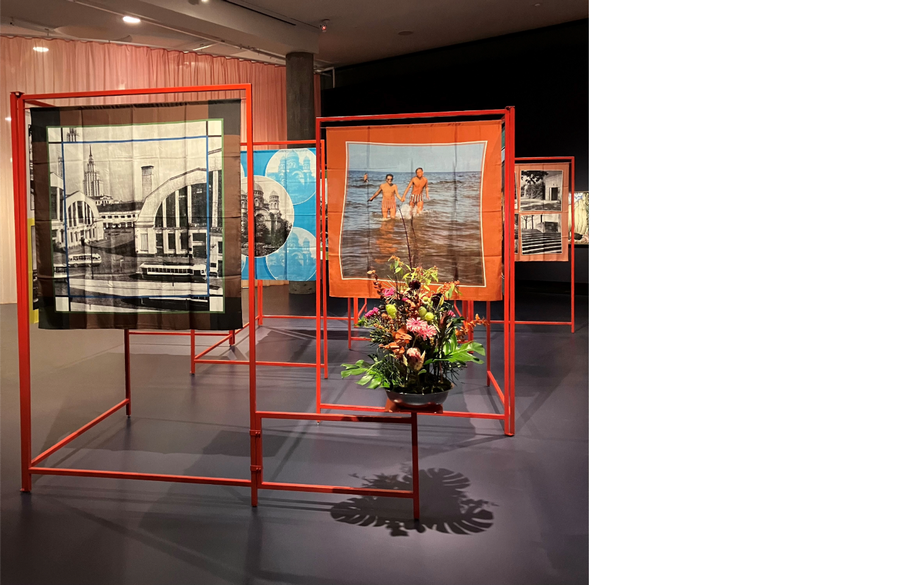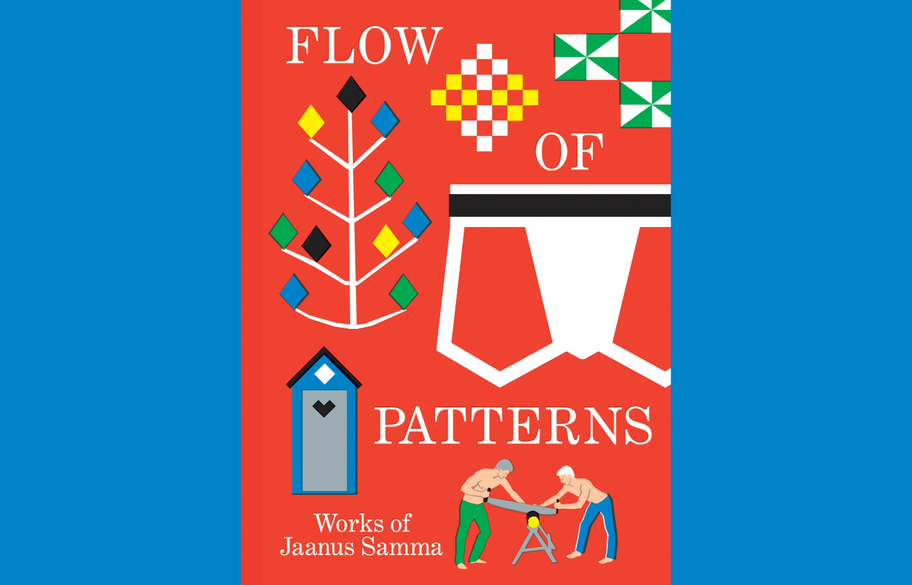Estonia, Visual Arts, 2024, in Berlin
Jaanus
Samma

With an intensive research-based approach to his explored subjects – which is uncannily combined with an understated sense of irony and humor, the work of Jaanus Samma mines the queer history of his native Estonia and the surrounding region, yielding rich and occasionally astounding results. An “everything” artist who rarely sticks to any one particular medium, Samma’s work manifests on a project-by-project basis, often in tandem with collaborators and craftsmen he commissions to realize his visions. This process extends into the carefully thought-out ways in which Samma displays his work, effectively entering into the realm of exhibition-as-artform. With each exhibition, he effectively posits a revision of museological norms and assumptions that seek to codify the experience of spectatorship; in line with the defiance of a queer approach, Samma resists such efforts at codification.
Despite the underlying constancy of his research interests, which forms an underlying thematics to his oeuvre, one can never predict the ways in which this work will manifest itself in its public showings. In his Hair Sucks project, Samma transferred the crude language and drawings of bathroom graffiti he had encountered in his travels throughout Europe onto sweaters he sold in the exhibition space. For his 2018 show Outhouse by the Church, Samma staged an unusual interventionistic exploration of the male lavatory as cruising zone via an excavationary glance at the Roman public baths in Rome near where the exhibition was staged, the re-construction of an old outhouse in eastern Estonia, and the ink drawing series Study of a Toilet, 2016-2018. In his video featured in his Estonian Pavilion for the Venice Biennale in 2018, NSFW. A Chairman’s Tale, Samma re-visited the life story of an Estonian bureaucrat from the Soviet era whose career and life was ruined when he was outed for his homosexual activities. More recently, in 2023’s Iron Men at the Contemporary Art Museum of Estonia, Samma staged an interrogation of Estonian national myths and design motifs from the country’s Soviet era from the standpoint of gender and sexuality.
Despite a hectic exhibition schedule, Samma continues to make strides, not only in furthering the cause of research-as-visual art practice, but also in unearthing bits of history that would otherwise remain obscure, in the shadows – essentially furthering our understanding of the past, present, and possible future of the Baltic and Eastern European region. It is for this reason that Samma’s work has gained a significant and receptive audience beyond the art world – having won both the People’s Choice Award in 2013 from the Contemporary Art Museum Estonia, as well as the Köler Prize, the country’s most prestigious award in the visual arts. With his constant re-invention of the archival, Samma brings new knowledge and new possibilities to the fore.
Text: Travis Jeppesen



